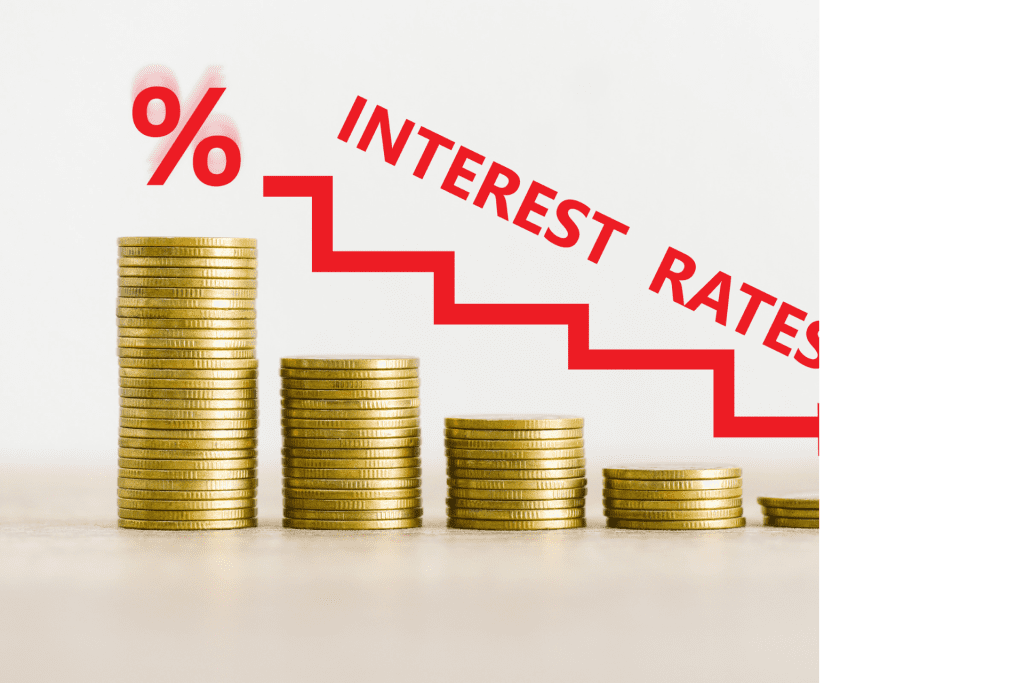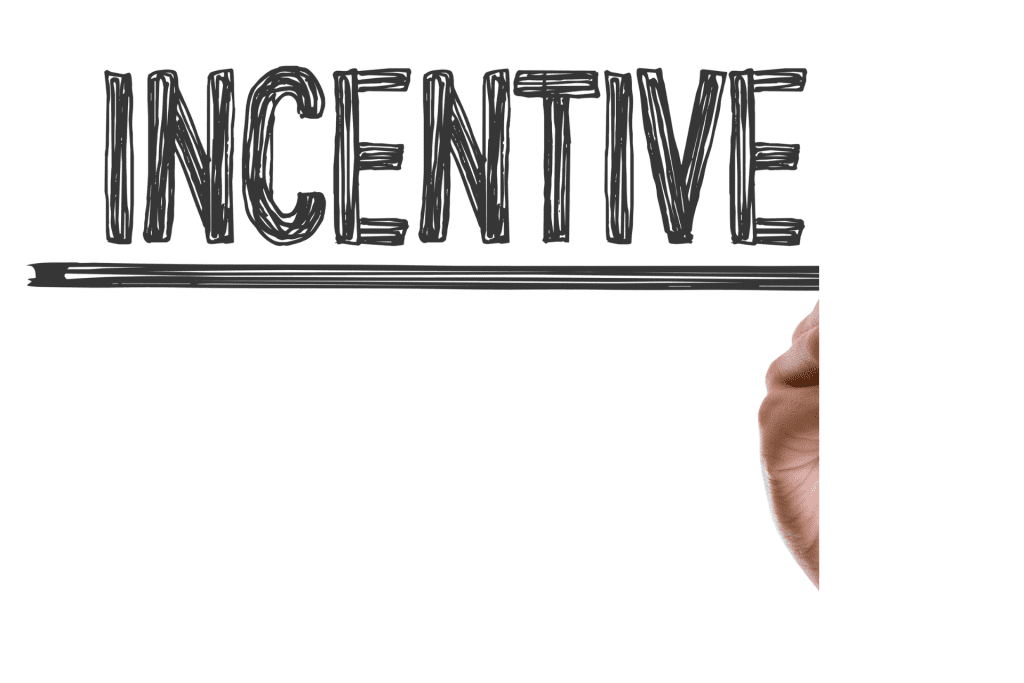
The Australian real estate market is a dynamic ecosystem, influenced by a myriad of factors ranging from economic indicators to government policies. In a recent survey conducted by CoreLogic, a leading provider of property data and analytics, it was revealed that over seven in ten (71%) real estate professionals anticipate interest rates to wield the most substantial influence on the housing market in 2024. This statistic underscores the pivotal role that interest rates play in shaping market dynamics and sets the stage for a comprehensive exploration of their impact on Australian real estate market. In this blog, we delve into the intricate relationship between dropping interest rates and the subsequent market behavior in the Australian real estate sector.
When the Interest Rate Drops: Anticipation and Action
Picture this: the Reserve Bank of Australia (RBA) announces a cut in interest rates, signaling a potential shift in the real estate tide. As seasoned observers of the market, we know what’s coming next. The murmurs begin, whispers of anticipation ripple through the industry. For many, this is the cue to act swiftly, to seize the opportunity before the wave of rising property prices crashes upon the shore.
In most cities across Australia, history has taught us that when the interest rate drops, the market tends to rise once again. It’s a cyclical dynamic between supply, demand, and borrowing costs, each element influencing the other in a delicate equilibrium. Buyers, sensing the impending surge, flock to capitalize on the favorable borrowing conditions, driving up demand and setting the stage for an upward trajectory in property prices.
The Pre-emptive Strike: Timing the Market

In real estate market, timing is everything. Savvy investors and homebuyers alike understand the importance of acting decisively, often well before the interest rate drop takes effect. They’re the ones who closely monitor economic indicators, who read between the lines of central bank announcements, and who make calculated moves to position themselves ahead of the curve.
For these astute individuals, the period preceding an interest rate cut represents a golden opportunity. It’s a window of opportunity to secure investment properties at favorable prices, to lock in competitive mortgage rates, and to gain a strategic advantage in a competitive market. By preempting the crowd, they position themselves for success in the tumultuous waters of real estate investing.
The Temptation of Timing: The Best Time to Buy
As whispers of dropping interest rates grow louder, so does the chorus of voices proclaiming that now is the best time to buy. It’s a sentiment echoed by industry experts and seasoned investors alike, a rallying cry for those eager to capitalize on the shifting tides of the market. And indeed, the argument holds merit.
In a market primed for growth, buying before the masses catch wind of the opportunity can yield significant advantages. Affordable property stock, particularly those priced below $500K, becomes increasingly scarce as demand outstrips supply. This imbalance fuels competition among buyers, driving prices upward and creating a sense of urgency among prospective purchasers.
The Dwindling Supply Dilemma: Builders Under Pressure
Yet, as demand surges, a sobering reality emerges: supply is not keeping pace. Builders, grappling with a myriad of challenges ranging from labor shortages to supply chain disruptions, find themselves stretched thin. The result? A bottleneck in the construction pipeline, exacerbating the shortage of available properties and further inflating prices.
Across the country, stories abound of builders struggling to meet the insatiable demand for housing. Delays in project timelines, cost overruns, and an overreliance on imported materials all contribute to the mounting pressure facing the construction industry. In the face of these challenges, the gap between supply and demand widens, propelling property prices to new heights.
Government Interventions: Incentives and Stimulus

Amidst the frenzy of market activity, governments often step in to play a pivotal role in shaping the trajectory of the real estate sector. Incentives and stimulus measures are deployed with the aim of bolstering economic growth, yet their effects reverberate throughout the housing market. From first-home buyer grants to stamp duty concessions, these initiatives inject additional fuel into an already overheated market, driving prices even higher.
Yet, for all the benefits they bring, government interventions can also exacerbate existing challenges. The fear of missing out (FOMO) intensifies as buyers scramble to capitalize on limited-time incentives, further fueling the frenzy of market activity. In this high-stakes game, emotions run high, and rational decision-making can often take a back seat to the fear of being left behind.
Formulating The Strategies for Success
In the midst of the whirlwind of market dynamics, how can buyers and investors navigate the dropping interest rates and shifting market behavior? The answer lies in adopting a strategic and informed approach.
First and foremost, it’s essential to conduct thorough research and due diligence before making any purchasing decisions. Understanding market trends, assessing local supply and demand dynamics, and seeking professional advice can help mitigate risks and identify opportunities.
Additionally, maintaining a long-term perspective is crucial. While the allure of short-term gains may be enticing, real estate investing is fundamentally a marathon, not a sprint. By focusing on the underlying fundamentals of a property, such as location, potential for capital growth, and rental yields, investors can build a resilient and sustainable portfolio.
Finally, it’s important to remain flexible and adaptable in response to changing market conditions. Real estate is inherently cyclical, and the ability to pivot and adjust strategies in response to shifting dynamics is key to long-term success.
Making the Most of Opportunity for Maximum Benefits
As we navigate the complex currents of dropping interest rates and market behavior in Australian real estate, one thing remains clear: opportunity abounds for those willing to seize it. From the anticipation of interest rate cuts to the frenzy of market activity that follows, each change presents new challenges and new possibilities.
By understanding the interconnected factors driving market behavior, adopting a strategic mindset, and remaining adaptable in the face of uncertainty, buyers and investors can navigate the opportunities in the dynamic Australian real estate market successfully.

